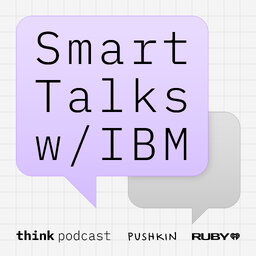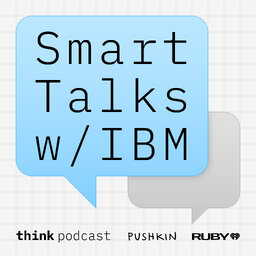How AI Can Accelerate Cybersecurity
In this episode of Smart Talks with IBM, Malcolm Gladwell speaks with Jason Kelley, GM, Strategic Partners and Ecosystems at IBM, and Kristy Friedrichs, SVP and Chief Partnership Officer at Palo Alto Networks. They discuss the challenges and opportunities that the rapid development of AI brings to the cybersecurity space. Jason and Kristy also underscore how implementing a zero trust strategy can help enterprises enhance cyber resiliency and simplify operations. Together, IBM and Palo Alto Networks are delivering fully integrated, open, end-to-end security solutions to enterprises.
This is a paid advertisement from IBM. The conversations on this podcast don't necessarily represent IBM's positions, strategies or opinions.
Visit us at https://ibm.com/smarttalks
 Smart Talks with IBM
Smart Talks with IBM



